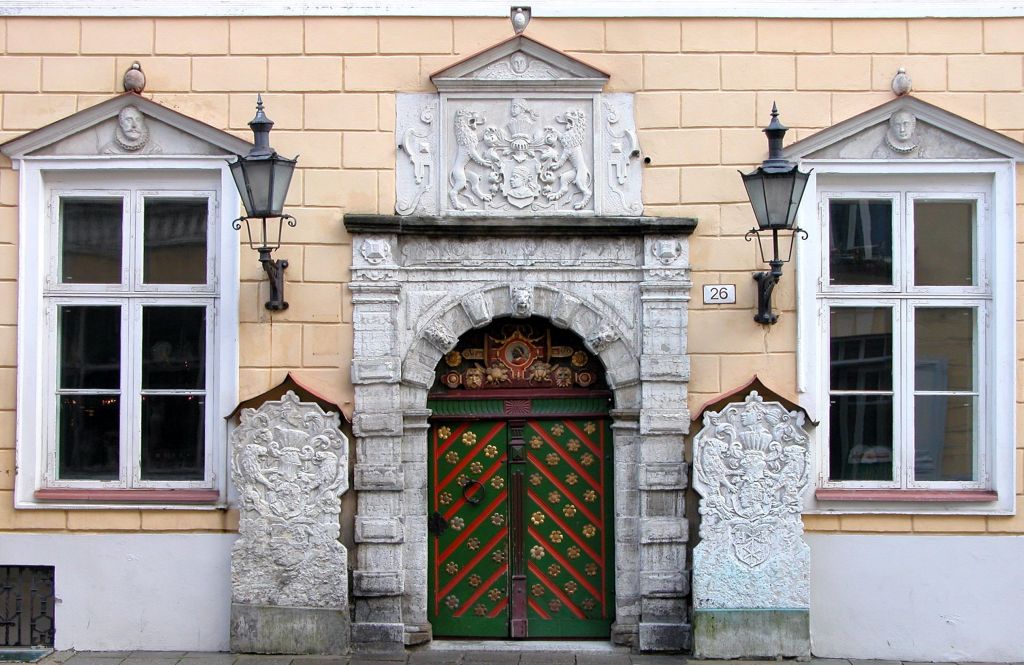House of the Blackheads (Tallinn) on:
[Wikipedia]
[Google]
[Amazon]

 House of the Blackheads ( et, Mustpeade maja), or House of the Brotherhood of Black Heads, in
House of the Blackheads ( et, Mustpeade maja), or House of the Brotherhood of Black Heads, in
Mustpeade maja 360-vaade -- esik.jpg
Mustpeade maja 360-vaade -- vennaste-saal-1.jpg
Mustpeade maja 360-vaade -- valge saal 1.jpg
Mustpeade maja 360-vaade -- vennaste-tuba.jpg
Mustpeade maja 360-vaade -- sise6u.jpg
House of the Blackheads
{{Authority control Buildings and structures in Tallinn

 House of the Blackheads ( et, Mustpeade maja), or House of the Brotherhood of Black Heads, in
House of the Blackheads ( et, Mustpeade maja), or House of the Brotherhood of Black Heads, in Tallinn
Tallinn () is the most populous and capital city of Estonia. Situated on a bay in north Estonia, on the shore of the Gulf of Finland of the Baltic Sea, Tallinn has a population of 437,811 (as of 2022) and administratively lies in the Harju ' ...
, the capital of Estonia, is a former headquarters of the Brotherhood of Blackheads. Historically this was a professional association of ship owners, merchants and foreigners dating from the 14th century. They were active in Livonia
Livonia ( liv, Līvõmō, et, Liivimaa, fi, Liivinmaa, German and Scandinavian languages: ', archaic German: ''Liefland'', nl, Lijfland, Latvian and lt, Livonija, pl, Inflanty, archaic English: ''Livland'', ''Liwlandia''; russian: Л� ...
(present-day Estonia and Latvia) but fled to Germany during the Soviet occupation of the Baltic States
The Soviet occupation of the Baltic states covers the period from the Soviet– Baltic mutual assistance pacts in 1939, to their invasion and annexation in 1940, to the mass deportations of 1941.
In September and October 1939 the Soviet governm ...
in 1940. The House of the Blackheads was visited by several Russian Emperors including Peter I, Paul I and Alexander I who also became honorable members the Brotherhood.
The building was acquired by this organization in 1517. In 1597 it was renovated under supervision of the architect Arent Passer
Arent Passer (c. 1560 – 1637) was a stonemason and architect of Dutch origin. He was born in The Hague and worked in Tallinn
Tallinn () is the most populous and capital city of Estonia. Situated on a bay in north Estonia, on the shore of ...
. The façade was rebuilt in the style of Renaissance architecture from the Low Countries. The painted doors date from the 1640s. A Maure
A Moor's head, since the 11th century, is a symbol depicting the head of a black moor.
Origin
The precise origin of the Moor's head is a subject of controversy. But the most likely explanation is that it is derived from the heraldic war flag ...
, a symbol of Saint Maurice
Saint Maurice (also Moritz, Morris, or Mauritius; ) was an Egyptian military leader who headed the legendary Theban Legion of Rome in the 3rd century, and is one of the favorite and most widely venerated saints of that martyred group. He is th ...
, the patron saint of the Brotherhood, appears both carved in wood and sculpted in stone above the door.
The House of the Brotherhood of Black Heads today comprises three separate buildings, and has four halls and several other rooms which are used for a variety of events. The White Hall was built in 1531-32, but was remodelled during reconstruction work between 1909 and 1911. St. Olaf’s Guild Hall, whose interior architecture comes from the early 15th century, was purchased by the Blackheads in 1919 and was remodeled between 1919 and 1922.
Gallery
See also
* House of the Blackheads, Riga, LatviaReferences
External links
House of the Blackheads
{{Authority control Buildings and structures in Tallinn